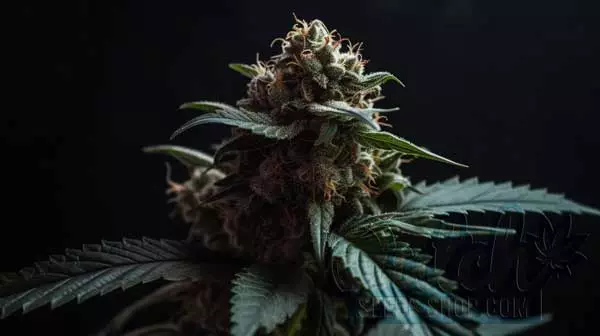Knowing When to Stop Using Molasses in Cannabis Cultivation
Folks, molasses isn’t just for your grandma’s cookies anymore. It’s become one of the most cherished secret ingredients among cannabis growers, praised for its ability to create sweet, robust buds that could knock your socks off. However, as with any good thing, timing is vital. Here’s a spoonful of wisdom on when to stop using…

The Benefits of Using Molasses
Before we dig into the when let’s quickly touch on the why.
Molasses is packed full of key nutrients such as carbohydrates, calcium, iron, selenium, copper, and magnesium.
Think of it as a multivitamin for your weed plants.
It provides essential nutrients, promotes beneficial microbial life, and helps plants access other essential nutrients more effectively.
Understanding the Role of Molasses in Cannabis Growth
Molasses plays a crucial role in cannabis growth, mainly due to its richness in carbohydrates.
It provides quick energy, encourages the growth of beneficial microbes, and helps bind nutrients for better absorption.
If cannabis plants had a best-friends list, molasses would be right up there.

Determining the Right Timing
Now to the heart of the matter – when should you stop spoon-feeding your cannabis plants with this sugary delight?
Timing depends largely on the growth stage of your cannabis plant, and believe me; there’s no one-size-fits-all answer.
Vegetative Stage
During the vegetative stage, your plant is like a teen going through a growth spurt, requiring loads of nutrients.
Molasses can help meet these needs, but it’s not typically necessary at this stage.
So, feel free to hold off on the sweet stuff until the flowering stage.
If you do use molasses, taper off as the flowering stage approaches.
Flowering Stage

Ah, the flowering stage – when your cannabis plants start producing those delightful buds.
That is the prime time for molasses usage.
It can enhance bud growth and even make them taste sweeter.
But remember, all good things must come to an end.
It’s generally recommended to stop using molasses about one to two weeks before harvest, giving your plants enough time to flush out excess nutrients.
Signs of Plant Readiness
Several signs indicate it’s time to say goodbye to molasses.
Look for changes in nutrient needs, trichome development, and overall plant health.
You’ll want to ensure your plant doesn’t taste too sweet or end up with a nutrient burn.
Risks of Overuse
In the cannabis world, more isn’t always better.
Using molasses excessively can alter soil pH and attract pests.
But don’t let this scare you off! Just remember, moderation is key.
And regularly monitoring your soil’s pH can save you from many growing pains.
Alternatives to Molasses
Once you’ve bid farewell to molasses, there are other ways to ensure your plant stays healthy and productive.
Honey, agave, and corn syrup are worthy substitutes.
However, these lack some of the unique benefits of molasses, so use them sparingly.
When to Discontinue Molasses for Different Growing Systems

When it comes to hydroponic systems, the rules change slightly.
Molasses isn’t typically recommended for hydroponics due to the risk of clogging.
For soil-based systems, follow the earlier guidelines.
And there you have it, my fellow cannabis cultivators.
As with most things in life, timing is everything.
Remember, molasses isn’t a magic potion, but when used correctly and at the right time, it can do wonders for your cannabis plants.
Happy growing!
FAQ
Does molasses increase bud size?
Absolutely! Molasses provides the nutrients necessary for optimal bud development.
When should I give my plants molasses?
The best time to introduce molasses to your cannabis plants is during the flowering stage when the buds are starting to form.
How often do you give plants molasses?
Feed your plants with a molasses solution every watering during the flowering stage.
About the Author
Share the Love:
